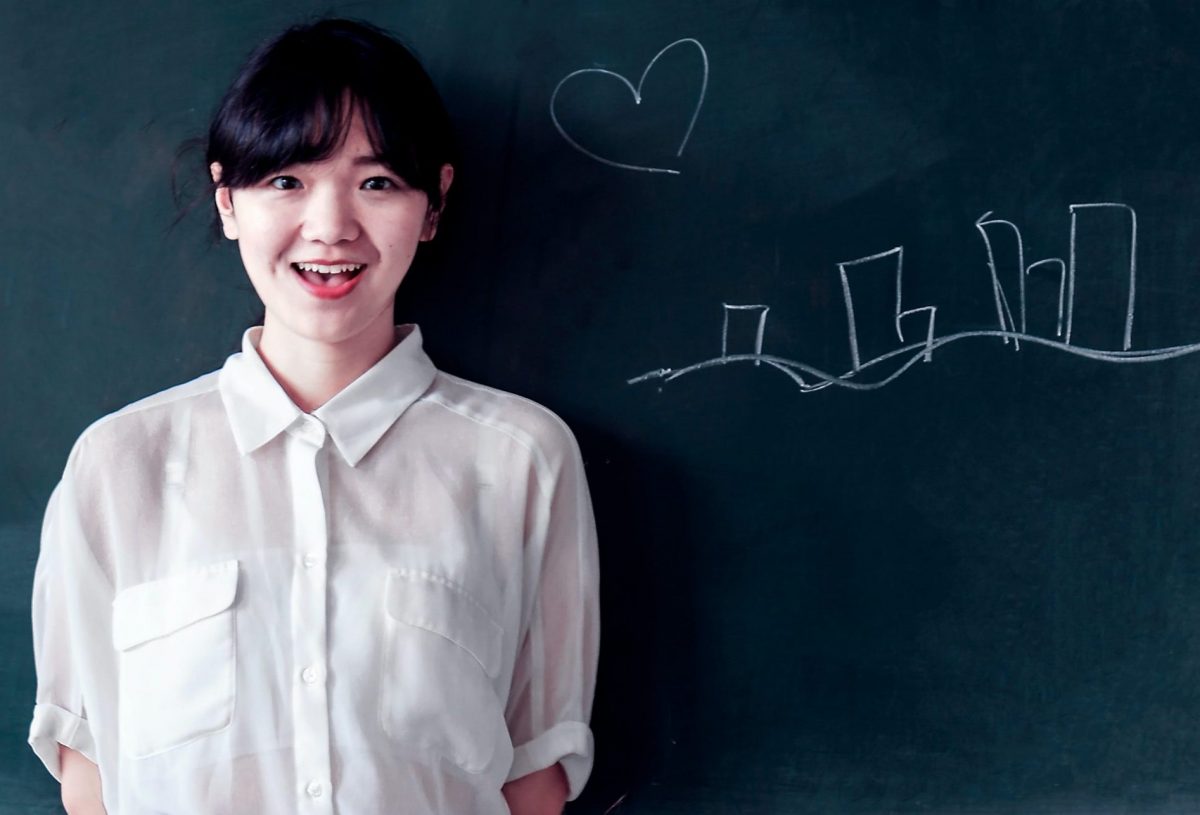When conversing about learning in the 21st century, technology springs up as one crucial component that binds the concept as one. With its many forms, technology is a driver in the innovative world. It changes the thinking ways of students alike, and consequently, changing teaching ways of educators. Of course, technology is necessary for students to write a various amount of papers too but if someone has any hesitations experts from Domyhomeworknow.com are ready to provide help.
Many people have prioritized digital literacy in the 21st century. It is a skill considered vital, especially for students transitioning to college or otherwise chasing successful jobs in this century. It is as hard as finding a unicorn when one thinks about finding a district with no internet access, let alone computer labs. Technology has become almost a necessity in most education centres across the world.
In response to this, teachers in almost all schools have begun to take different approaches to school education and learning to match the 21st-century student needs. The encouragement of students to use computers and have internet access has commenced. Students use the machines in fields of research, and adaptive learning tech to get hold of fresh and new concepts.
Many teachers across the globe appreciate the fact that technology has made education become global and cheap, and has made it possible for teachers to point their focus on small groups of students through working on gadgets like tablets and computers.
Technology has, in one way or another, changed the role of teachers in the classroom. Below are the qualities these teachers have.
Table of Contents
Communicators
Teachers are now sharing concepts, instead of standing in front of the classroom teaching. As communicators, the teachers are now encouraging students to have a dialogue. The move has made it possible for students to think critically and also to question what they read and write. Interaction between students is, therefore, enhanced.
Collaborators
The 21st-century teacher not only needs to be a better communicator but should also be collaborative with students in ways they haven’t before. A model of instruction known as the blended model is one that helps teachers work with their students in small-scale groups. The model allows them to have one-on-one attention from both sides and encourage both parties to be engaging in the process of learning.
Adaptive
Many school districts now use adaptive learning programs. It implies that teachers must also learn to adapt to these changes. Education in the 21st century is not a one-size-fits-all. Teachers must become partners in the process of learning. The teachers must have the ability to change and adjust the curricula for a better impact on their students. Changes in lesson plans and opening up discussions can go great lengths in ensuring the information intended to reach the student is home and that they meet the interests and needs of the students. Wholly separating entities alone cannot drive this process smoothly.
Facilitators
In the 21st century, it is best to say that teaching has immensely changed the scope of education as teachers have adapted to being facilitators of learning in their various institutions. By facilitating learning, the teachers have gone another step higher to help students find and master knowledge on their own rather than just being a part of it. Facilitation, therefore, puts the students in active roles in the learning process and consequently keep them hooked and engaged. Moreover, in a world that is rapidly going through changes, facilitation keeps the students interested in the learning process due to the captivating aspect of it.


